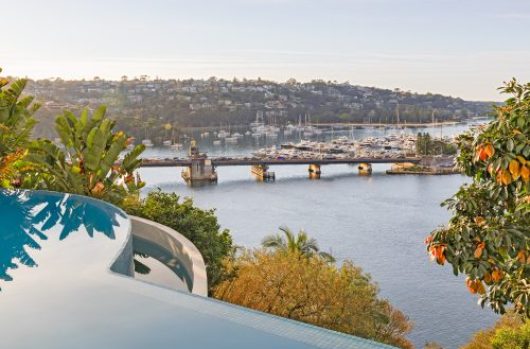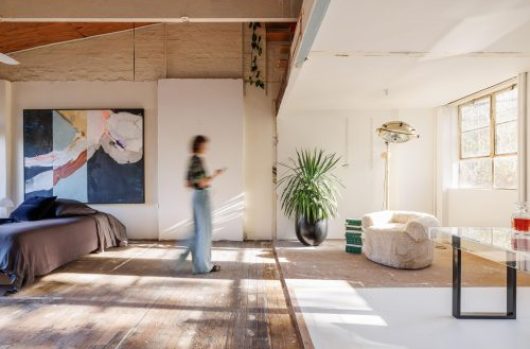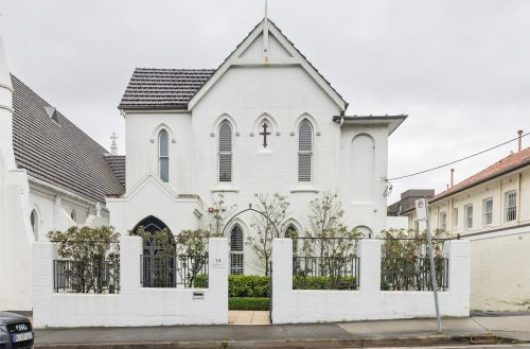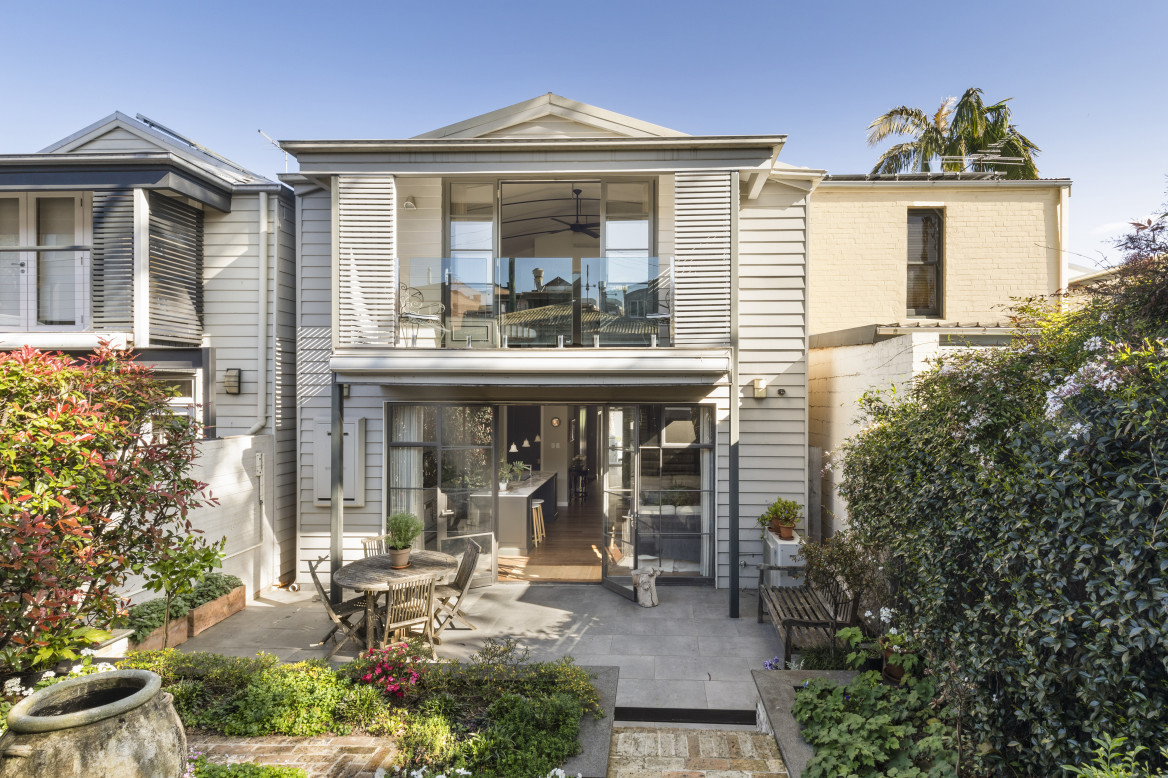
Market report: Sydney property finds balance for spring
In our key Sydney suburbs within 10kms of the CBD, the property market turned out to be a lot like the previous month in terms of volume and dollar sales. But this time, a steady holding pattern might have been the balance everyone was hoping for.
Anyone invested in the September market has avoided an influx of listings and the usual spike in stock levels often seen at the start of spring. You could argue that this has greatly supported price stabilisation we’ve seen, along with some recovery around the wider outlook.
With price data just in from research firm CoreLogic, the company tipped the housing market correction to bottom out in the first quarter of 2023 followed by a swift recovery after the rate of house price decline eased slightly in September.
Sydney’s monthly rate of decline eased from 2.3% in August to 1.8% in September.
With the pool of stock staying tight and buyers and sellers more aligned on price, Sydney’s auction clearance rate also rose from 49.2% in July to 53.8% in August on Domain figures. September came in around 58% showing a steady increase back towards that 60% analysts like to point to as a ‘balanced market’.
At BresicWhitney, the clearance rate for the month was 78% while behind the scenes, there were lots of smaller positive movements to note too.
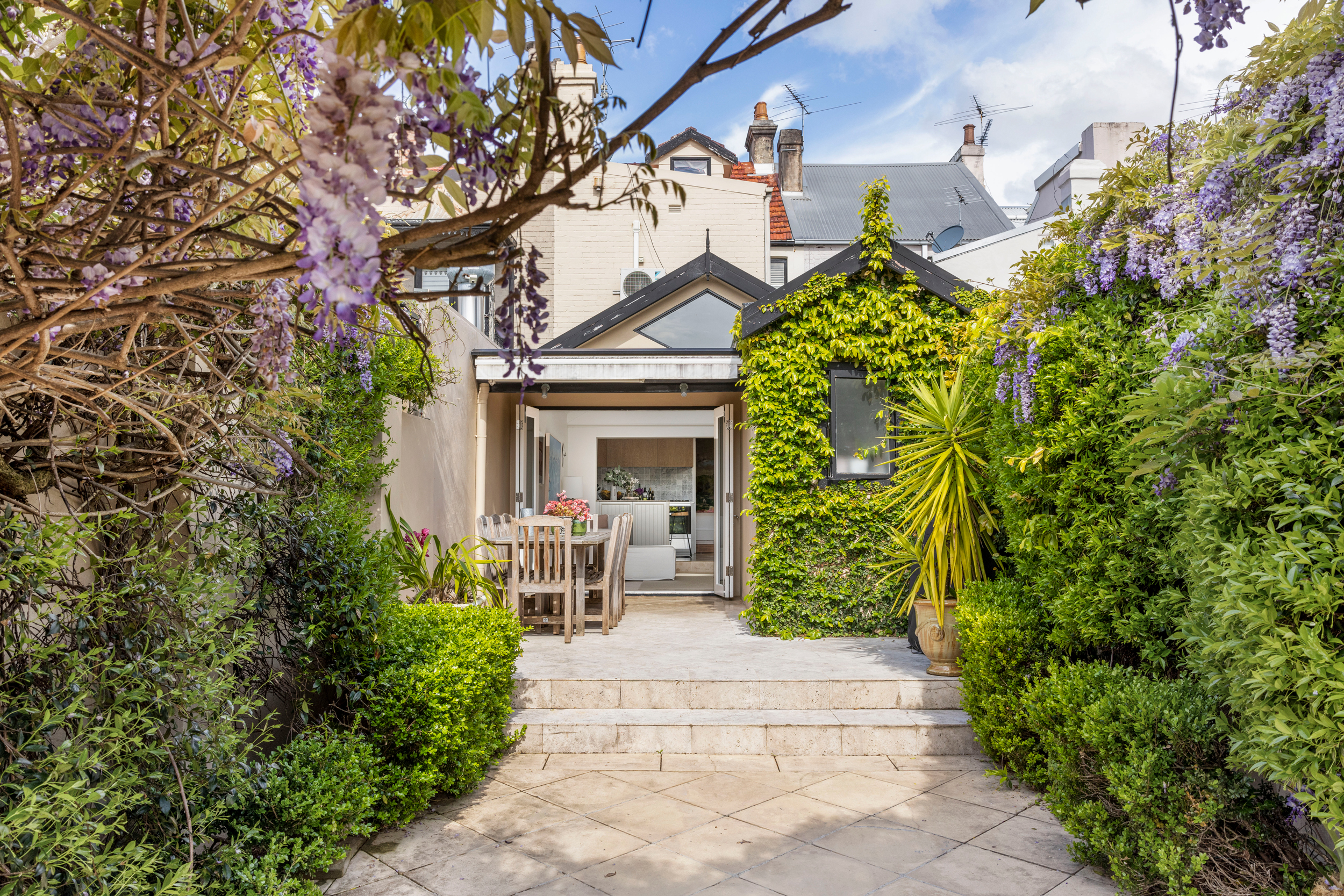
Scarcity drives premium homes
One interesting trend to emerge last month was the strength of prices in the $2m to $3m category, particularly in the Inner West. With sellers being apprehensive in this market in previous months, we had a number of properties test this space and demonstrate demand above expectations.
191 Young Street, Annandale sold above $3 million after attracting 6 registered bidders with 4 actively bidding. In this bracket of homes, buyers have been starved for choice and with fewer options on the market, culminating in bursts of concentrated buyer activity.
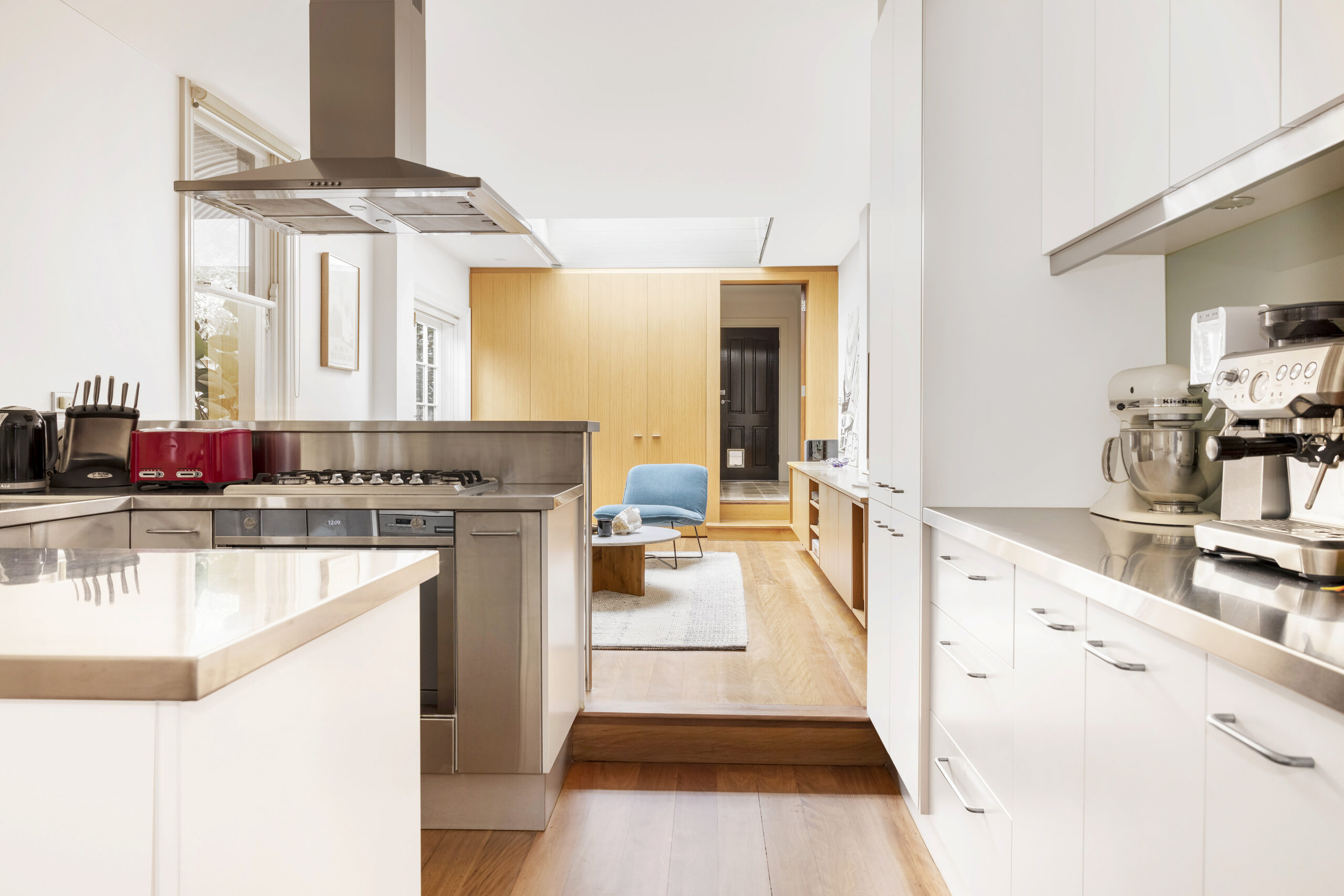
A nearby home at 17 Wells Street, Annandale left another two underbidders on the hunt, selling for $2.235 million in a vigorous auction.
A number of similar examples occurred in the East, including 26 Flinton Street, Paddington which achieved a strong price of $4.75 million, leaving two more underbidders missing out, still wanting to buy.
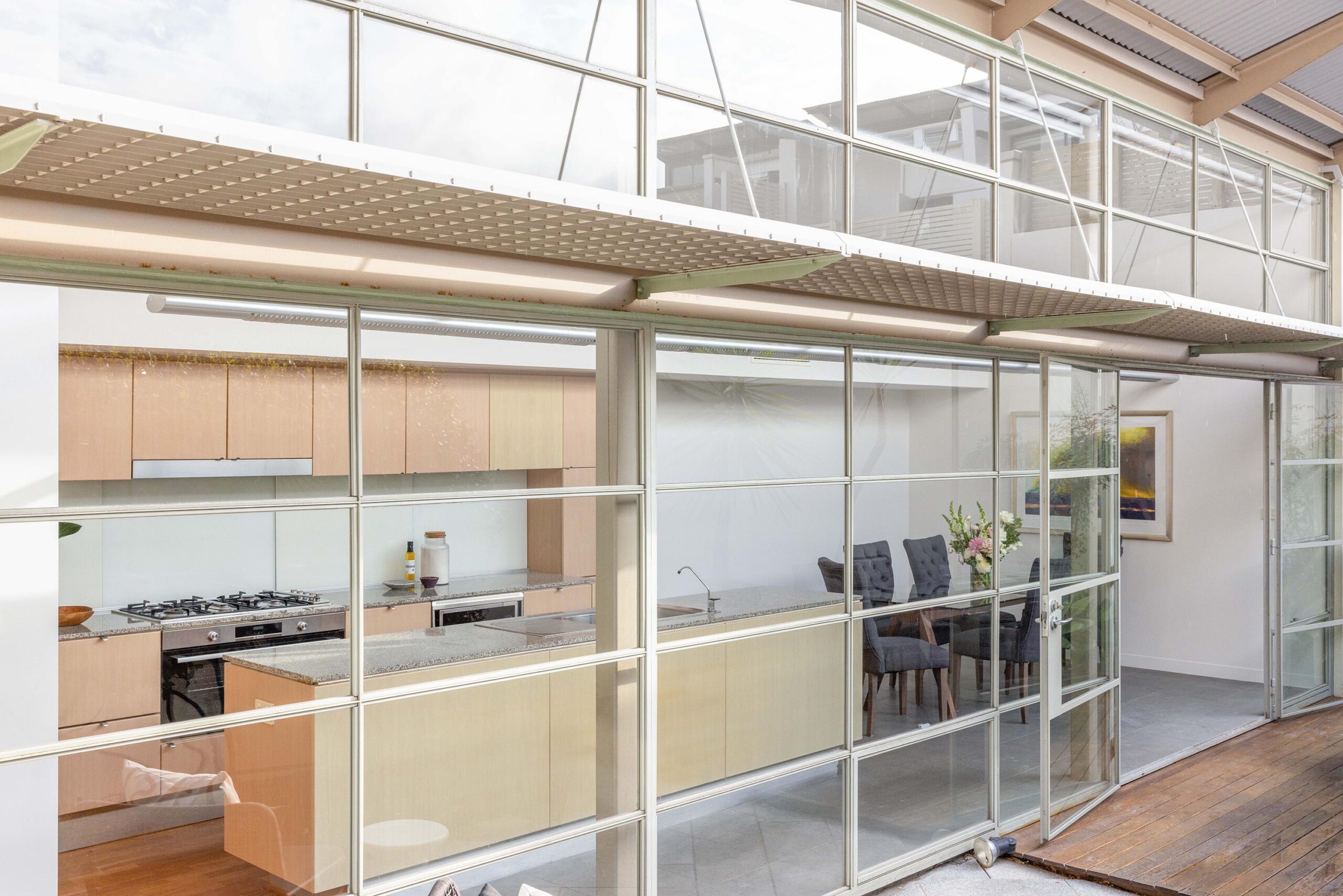
BresicWhitney CEO Thomas McGlynn said the company’s average sales price held steady in September, after dipping below $2 million in July and bouncing back to just under $2.4 million in August.
“It’s just one of the signs that people have now become better adjusted to the new environment,” he said.
“People have confidence in higher price brackets again, and people are acting with more certainty around prestige homes, family offerings and landmark listings.
“With the low-stock environment being something different for spring in Sydney, sellers are again seeing demand from multiple parties and achieving results under the hammer.”
The next month looks set to provide deeper case studies, with a number of BresicWhitney homes recently launching within this bracket. See below:
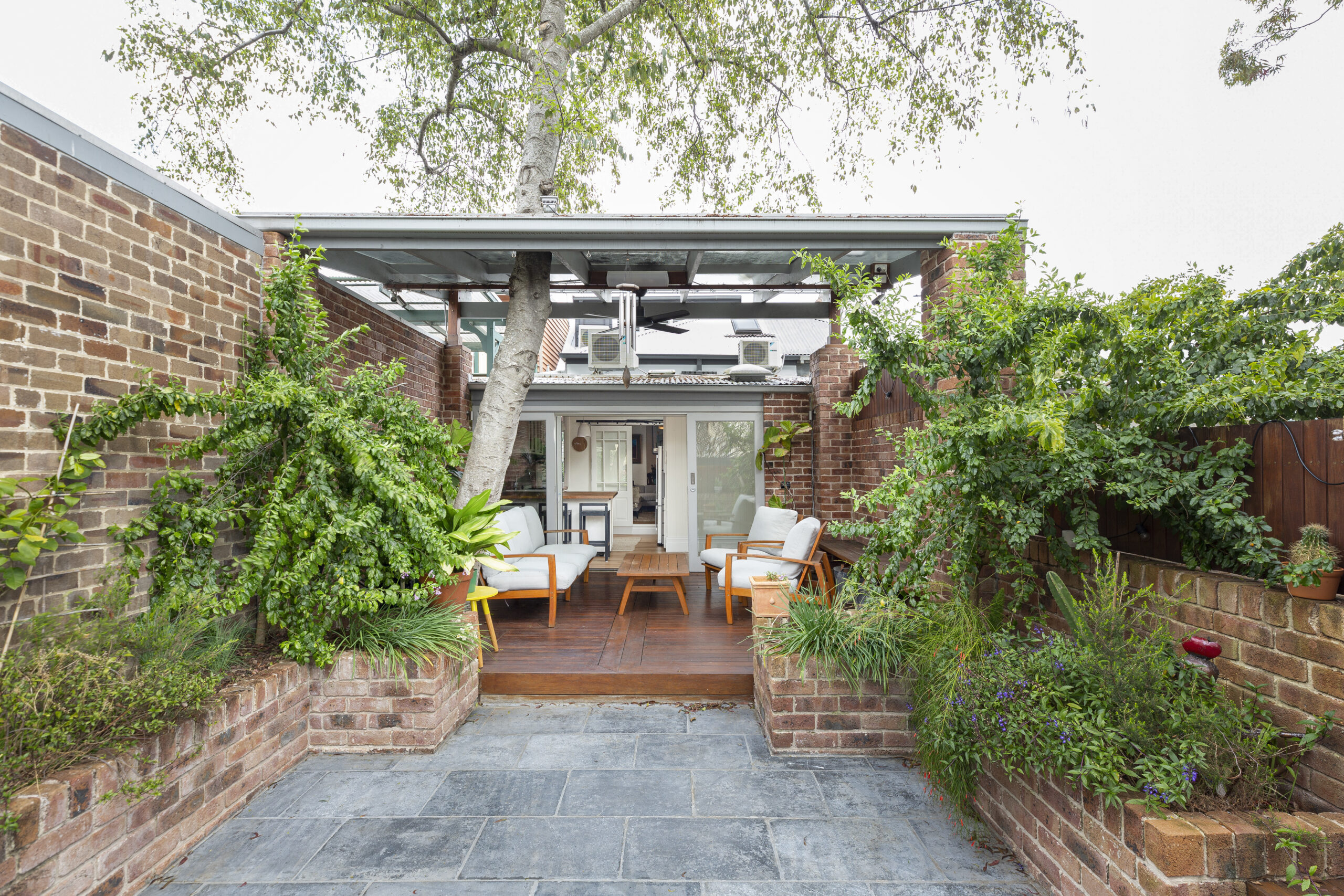
Numbers hold steady
In the lower-end categories, property can be slower and patience has become such a big part of buying/selling real estate in Sydney at the moment. However, the number of buyers has remained at a highpoint for the year, meaning well-priced properties still have the potential to generate demand.
Back in the period from July to August, our open home numbers jumped up 40%, marking a huge surge of the end of winter. Looking at September numbers, the flow of foot traffic and inquiry has since plateaued, which makes sense alongside the steadying dynamic we’ve seen across Sydney
A tighter rent market
The message we’ve been conveying around a tight supply in the rental market was reflected in data from CoreLogic recently, with figures for median rent prices surging by more than $100 per week across 35 housing markets and 23 unit markets nationwide in the 12 months to August.
We were cautioned owners that COVID-affected properties have skewed the numbers, and properties that held their value through the pandemic haven’t always delivered new upswing.
The vacancy rate nationwide has plunged to 0.9%, its lowest level in 16 years. But there are signs that the rapid pace of rent growth is easing as affordability takes its toll on tenants.
